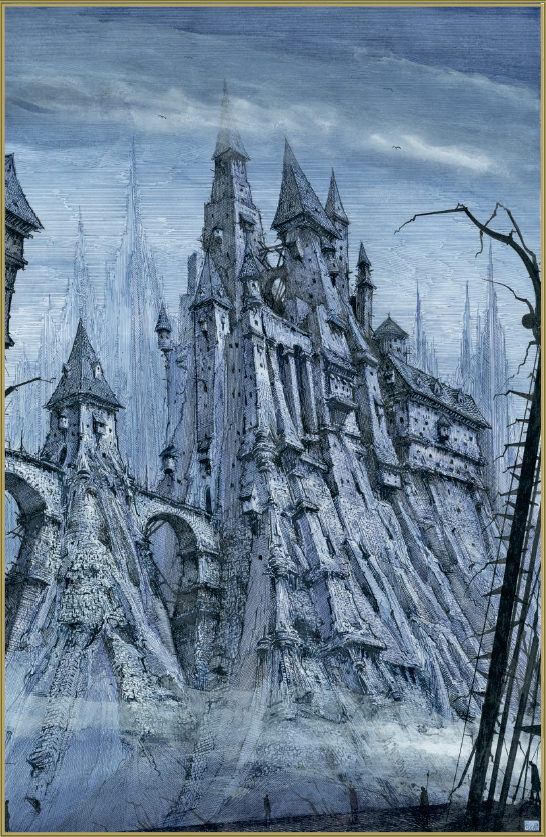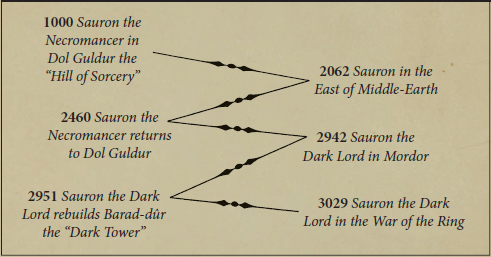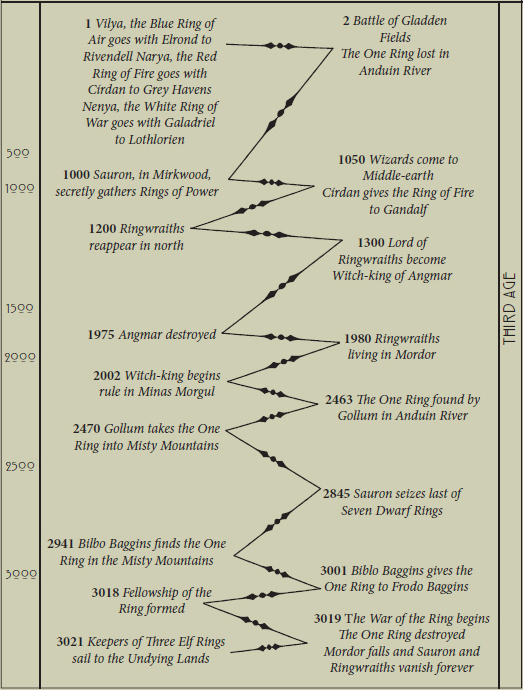THE NECROMANCER OF DOL GULDUR


Necromancer’s Fortress of Dol Guldur
In the century after TA 1000, an evil spirit begins to spread a terrible shadow over the southern regions of Greenwood the Great. Known only as the Necromancer, this ghastly entity gathers many other creatures of darkness to what becomes the haunted forest of Mirkwood with its stronghold in Dol Guldur, the “Hill of Sorcery”.
Necromancy is the practice of summoning the spirits of the dead as an apparition or even resurrection of the body for a variety of purposes: divination, prophecy, forbidden knowledge or using the deceased in an act of vengeance or terror. The word is derived from the Greek nekromanteia, meaning “divination by means of the dead body”.
Necromancers conjure with the spirits of the dead so as to magically influence the course of events in the world of the living. Necromancers are known to have practised in ancient times among the Assyrians, Babylonians, Egyptians, Greeks and Romans. The Jewish and Christian faiths explicitly condemned the practice. And, as Tolkien knew well enough, the Book of Deuteronomy specifically condemned necromancy as an evil act of a wizard or a witch and as “an abomination unto the Lord”. Indeed, the word “abomination” is used repeatedly in the Old Testament in relation to necromancy. Tolkien’s Necromancer is eventually revealed to be Sauron the Ring Lord, whose name is a Quenya High Elvish word meaning “abomination”. Although, as we have seen, Sauron loses his bodily form after Isildur cuts the One Ring from his hand, his evil spirit survives because the One Ring is lost but not destroyed. So, secretly, over ten centuries, the “abomination” that is Sauron’s disembodied spirit slowly re-manifests itself in the form of the Necromancer of Dol Guldur.
Historically in Europe, although the Christian church condemned the practice of necromancy as a form of black magic and tantamount to Satanic worship, it became especially popular during the Middle Ages and the Renaissance. During this period, we find numerous accounts of necromancy during witchcraft trials, and it is also portrayed in many plays such as Christopher Marlowe’s Doctor Faustus (1592) and William Shakespeare’s Macbeth (1606).
In the 19th century, Sir Walter Scott wrote in his Letters on Demonology and Witchcraft (1830) that he knew of many cases of necromancers who claimed to use rings to imprison and compel spirits. The sorcerous use of rings was particularly frequent in medieval Europe. In 1431, one of the many serious charges brought against Joan of Arc was the use of magic rings to enchant and command spirits. Another case recorded by Joaliun of Cambray in 1545 was of a child in thrall to a crystal ring in which he “could see all that the demons within him demanded of him”. The demons of the ring so tormented him that in a fit of despair the child smashed the evil crystal ring and thereby broke its spell.

